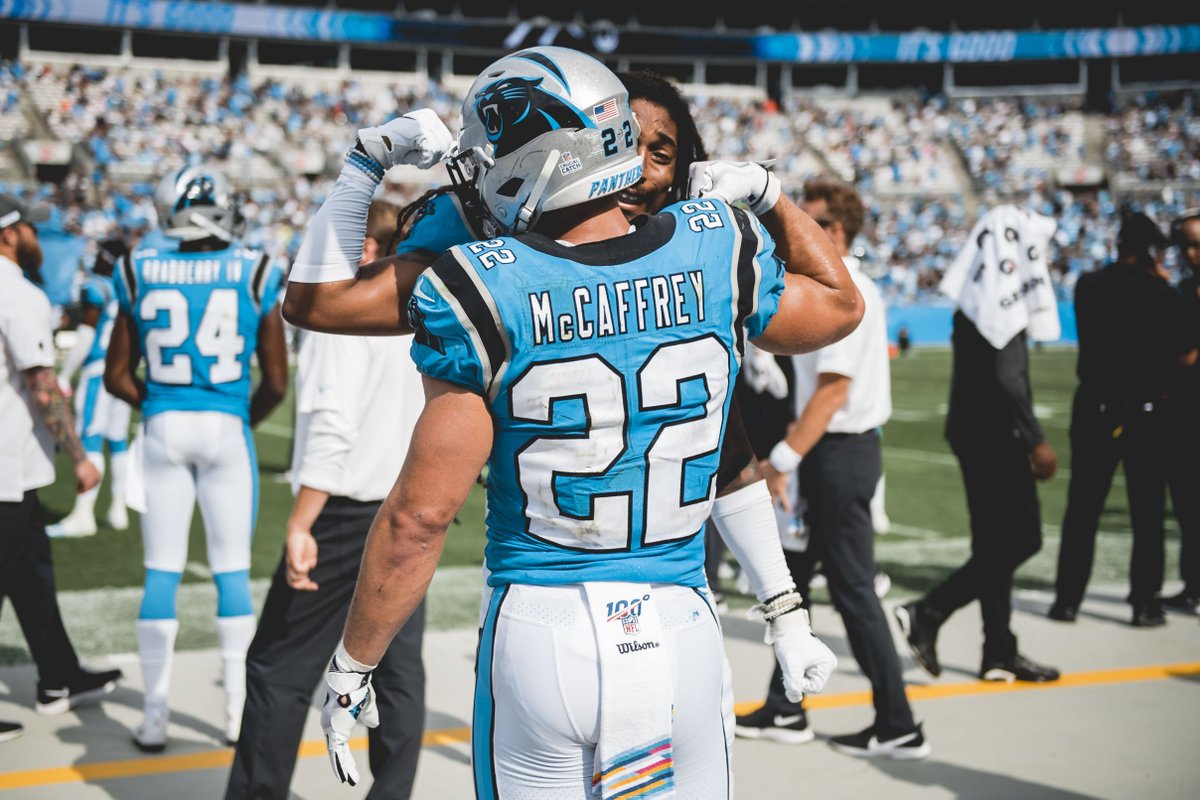
If you consider the early years of Boomers with Daniel Boone hats and hoola-hoop “fads,” CBD is more like Beatles-level important. The 70 million strong ‘Baby Boomer’ generation (1946-1964) will be overtaken by Millennials (1981-1996) soon, but Boomers accepted documentation and showed a personal willingness early to experience this non-drug and the many physical things it seemed to benefit without the buzz.
CBD oil became a health care star quickly in 2019, beginning with the passage of 2018 Farm Bill (Senate Bill 2667) just before the government shut down in December. An essential change was redefining CBD as “all parts of the Cannabis sativa plant that do not exceed 0.3% delta-9 THC by dry weight, including “derivatives,” “extracts,” and “cannabinoids.”
Boomers are aware that Reefer Madness scare tactics and criminalized marijuana (Controlled Substances Act, 1971) use were bogus in a lot of ways, but few will deny the scary aspects of opioids like codeine, fentanyl, and hydrocodone addiction. That singular aspect makes CBD’s all-natural aspect even more appealing to those who have more liberal views on what may be good or bad for them.
With a market projected at $22 billion by 2022, Boomers can consider CBD kind of like Coca-Cola as the Real Thing.
Because they’re often caregivers, Boomers have significant first hand knowledge about upcoming senior care issues, including expensive medications with known, negative side effects. Their “Forever Young” group attitude has always valued health issues (racketball, jogging, aerobics) and their top priorities at sixty-plus years are now inflammation, pain management, and as a sleeping aid, areas where CBD has shown documented strength and results.
While it’s got a great reputation regarding arthritis inflammation, CBD is actively marketed for a plethora of medical concerns, like ADHD, multiple sclerosis, chronic pain, as a multi-vitamin, for blood pressure, hormone regulation, even PTSD. Most people don’t care whether indiscriminate use blurs previous medical boundaries, more an increased ability to control personal wellness programs being an easily followed path.
How does CBD affect the body?
In an absolute bottom line report from WHO (World Health Organization), they stated that “In humans, CBD exhibits no effects indicative of any abuse or dependence potential,” which is a positive, 180 degree alternative to the opioids addiction crisis.
While everyone knows they have a central nervous system (right?), you may not be cognizant of your endocannabinoid system (ECS), which is something that will be constantly referenced in everything you read about CBD. I’ll suggest this as a starting point to learn about its important physical regulatory roles.
Pain management, as a sleep aid, and anxiety are high priorities, and negatives like 60,000-plus deaths a year from opioids compared to essentially none to date for CBD oil is not just something you missed on the news.
Bioavailability
After a friend asked, “Whats the best way to take it?” I suggested sub-lingually, meaning under the tongue, because outside of vaping – which has taken a fairly harsh hit (sorry…) recently – that provides the greatest payoff with dosage.
Using a 25 mg capsule as a standard dose, swallowing the capsule or gummie means it has to go through the liver for processing, and only about 6% of that is “available” in the bloodstream when all is done. Vaping gets 50-60% of that 25 mg. sample (about 15 mg) into the blood stream because of the surface area the inhaled vape is exposed to in the lungs.
The mouth is a large mucous gland, and holding the tincture in there for even 30 seconds allows absorption of up to 40% (10 mg) bioavailability, even though swallowing it still means it goes through the liver.
Topicals are a simple and effective use of CBD. While very little of the rubbed on content gets absorbed into the blood system, the “magic” in the application is that its already where its needed. While a 750 mg. 4-oz. tube (ie- Recover) is mathematically 190 mgs. per ounce, “liberal application” for a knee or muscle strain is noticeably helpful without using anywhere near that amount.
Dosing is something that has to be figured out. There is no RDA (required daily allowance) for CBD, or any height-weight algorithm for mgs. There is also a caveat about CBD oil and drug interaction, specifically being a “competitive inhibitor” with the CYP450 (cytochrome) liver enzyme, which metabolizes 60-80% of the meds that Americans take.
The “dog in the manger” example works here: The CBD and CYP450 enzymes deactivate each other, so the CYP450 enzymes in your system doesn’t break down the meds and make them release the benefits they’re supposed to in a timely manner. The “dog” (CBD) can’t eat the hay in the manger, but it doesn’t let the “cow” (CYP450) get to it either.
If you’ve heard an older aunt or family friend complain about not being able to enjoy grapefruit from their tree because of an interference with medications, this is probably what they mean.
Stress relief, pain management
Doctors still don’t get much training with CBD or natural cures; in 2016, only 13 percent of U.S. medical school did any kind of training.
“Anxiety” is a consideration that ranks very high for users, and how the ECS receptors are turned on by CBD to mitigate this area is worth reading about. While there is a significant amount of anecdotal information about relief on many, many fronts, pain management may be crucial as a “Quality of Life” concern, because CBD “amps” efficacy of other meds, which when known, can help reduce dosage levels.
All the hoo-ha over infusion of CBD (not legal according to FDA), its status as a nutritional supplement, or whether Boomers are going to turn its ability to “chill” situations across a range of what historically required ‘real’ pharmaceuticals, is still in growth stage.
Like CBD’s well-known THC “brother from the sativa mother” though, if it works so nice, maybe try it twice.





